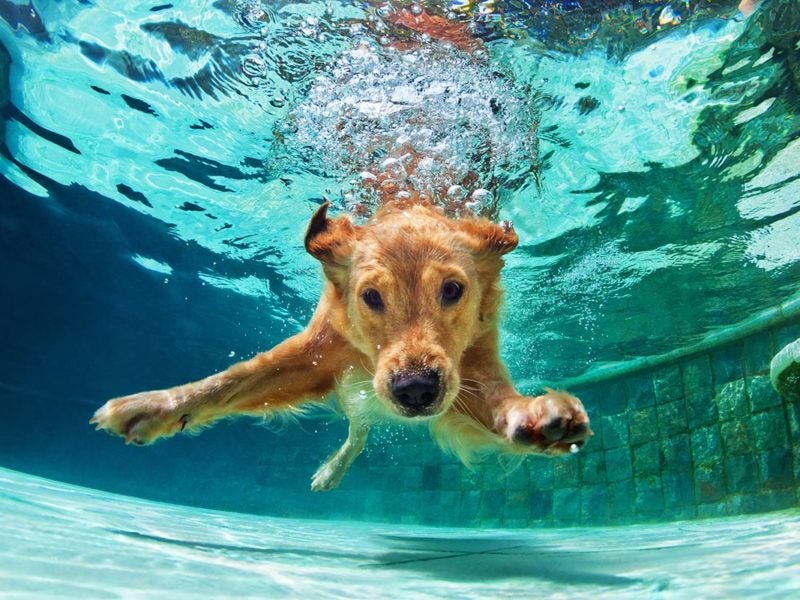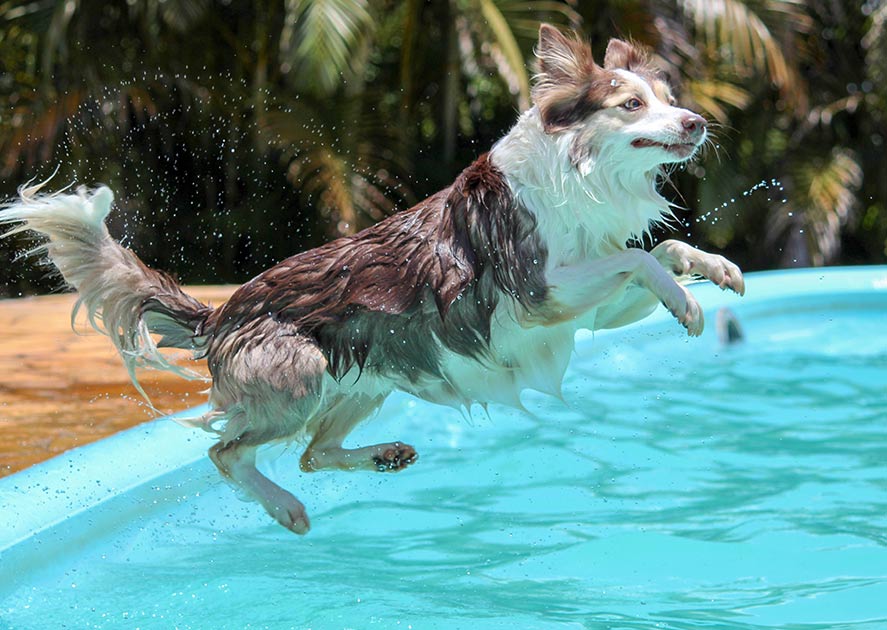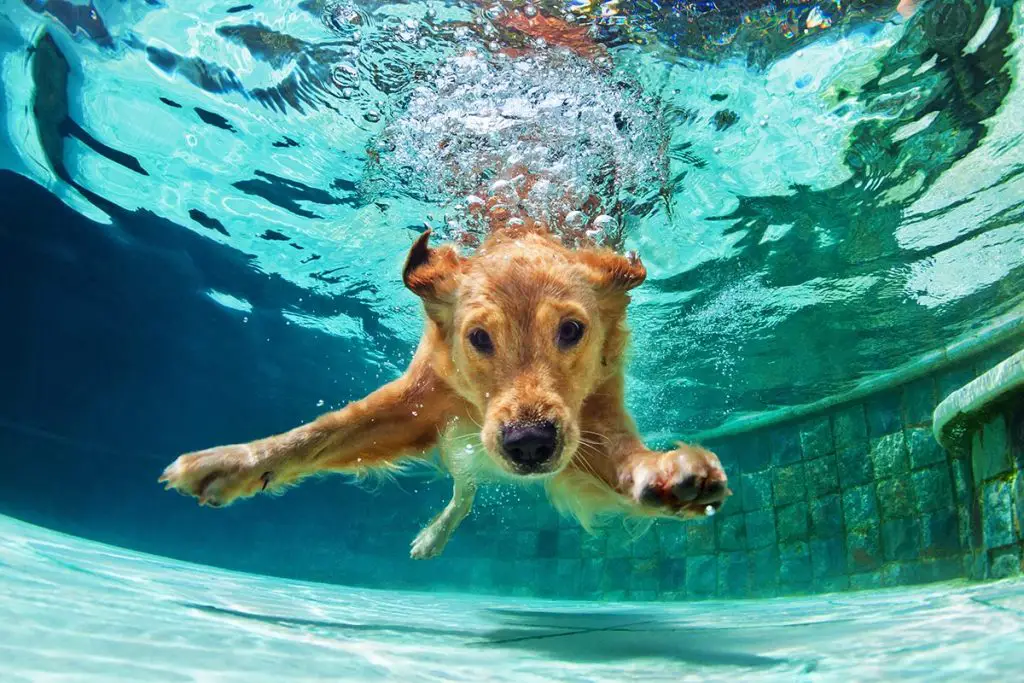Many dog owners love to spend time near or in the pool, and they often wonder if their furry companions can join them for a swim. The safety and well-being of our pets is always a top priority, so it’s important to understand if dogs can swim in a chlorine pool. In this article, we will explore this topic in detail.
Yes, Dogs Can Swim in a Chlorine Pool
Dogs are natural swimmers, and most breeds possess the ability to navigate through water effortlessly. Chlorine is commonly used in swimming pools to maintain water cleanliness and prevent the growth of harmful bacteria. While swimming in a chlorine pool is generally safe for dogs, there are a few considerations to keep in mind to ensure their well-being.
Safety Precautions for Dogs Swimming in Chlorine Pools
Here are some important safety precautions to follow when allowing your dogs to swim in a chlorine pool:
- Supervision: Always supervise your dog when they are in or near the pool. This is crucial to prevent any accidents or mishaps.
- Introduce Gradually: If your dog is new to swimming, introduce them to the pool gradually. Start with shallow water and allow them to get comfortable before venturing into deeper areas.
- Rinse After Swimming: After swimming in a chlorine pool, it’s essential to rinse off your dog with fresh water. This helps remove any residual chlorine and prevents skin irritation.
- Don’t Allow Drinking: Ensure that your dog doesn’t drink the pool water. Chlorine can be harmful if ingested in large quantities. Keep a bowl of fresh water nearby for your dog to drink instead.
- Exit Accessibility: Make sure your dog knows how to exit the pool easily. Teach them where the steps or the pool ladder are located to ensure they can get out of the water safely.

Credit: www.akc.org

Credit: pooltroopers.com
Breeds That May Face Challenges
While most dogs can swim in a chlorine pool without any issues, certain breeds may face challenges due to their anatomy or health conditions. These include:
| Breed | Challenges |
|---|---|
| Bulldog breeds | Short snouts can make swimming strenuous and increase the risk of overheating or swallowing excess water. |
| Brachycephalic breeds | Dogs with shortened skulls, such as Pugs or Boxers, may have difficulty breathing while swimming. |
| Dogs with joint problems | Conditions like arthritis or hip dysplasia can affect a dog’s ability to swim comfortably. |
If your dog belongs to any of these breeds or has relevant health concerns, consult your veterinarian before allowing them to swim in a chlorine pool.
Alternatives to Chlorine Pools
If you are concerned about the potential effects of chlorine on your dog’s skin and coat, you may consider alternative swimming options:
- Natural bodies of water: Lakes, rivers, and oceans provide natural swimming environments without chlorine exposure. However, be mindful of currents, water quality, and local regulations.
- Freshwater pools: Some homeowners opt for freshwater pools instead of chlorine-treated pools. These pools use alternative purification methods, making them gentler on the skin and coat of both humans and dogs.
- Doggie pools: Investing in a dedicated pool for your dog is another option. These pools are specifically designed with dogs’ needs in mind, providing a safe and enjoyable swimming experience.
Conclusion
In summary, dogs can swim in chlorine pools, but certain precautions should be taken to ensure their safety and well-being. Supervision, gradual introduction, rinsing after swimming, preventing drinking of pool water, and ensuring exit accessibility are vital. Some breeds may face challenges, and it’s important to consult your vet if your dog falls into any of those categories. Alternative swimming options, such as natural bodies of water, freshwater pools, or doggie pools, are available if you prefer to avoid chlorine altogether. Remember, the key is to prioritize your dog’s safety and enjoyment while swimming!





